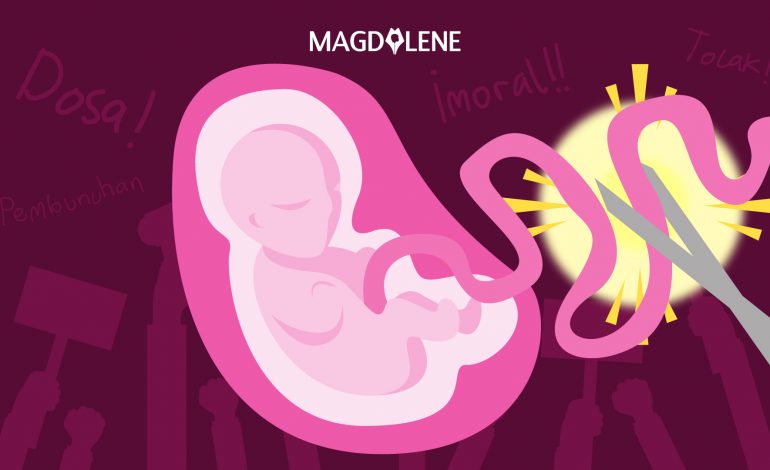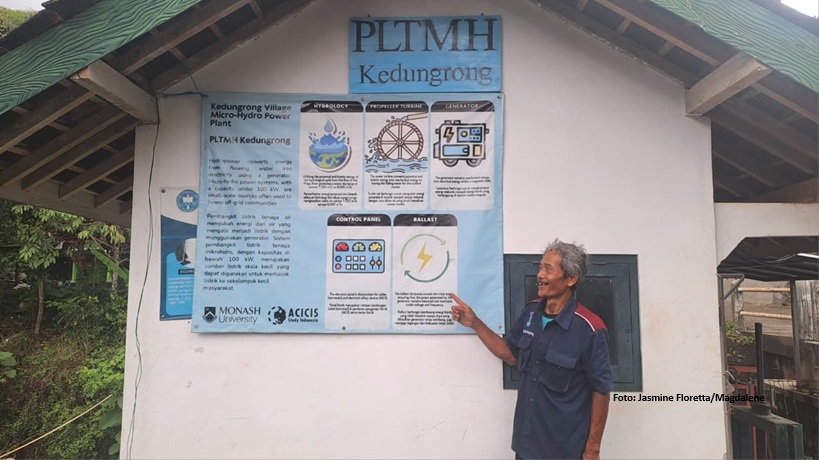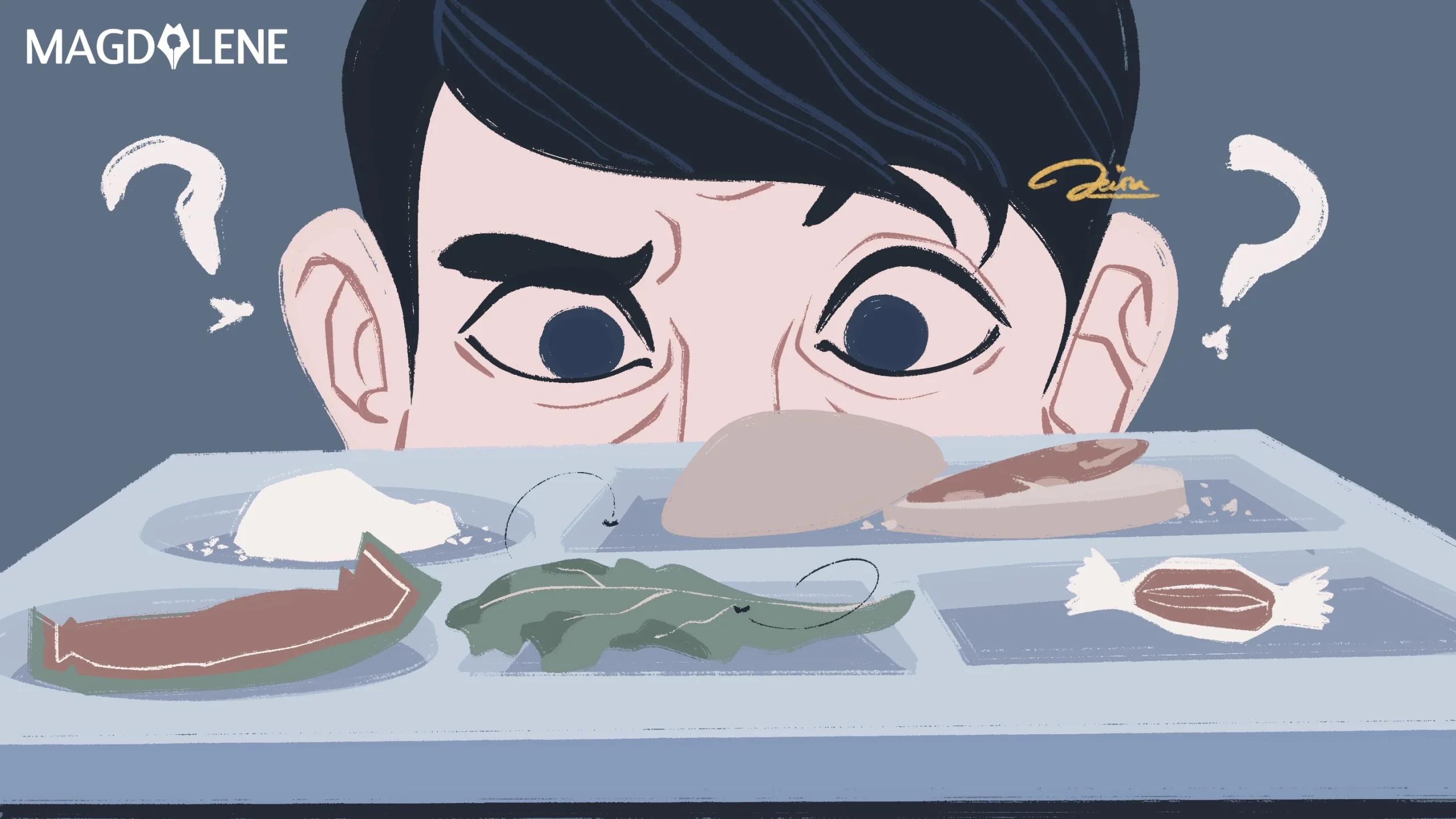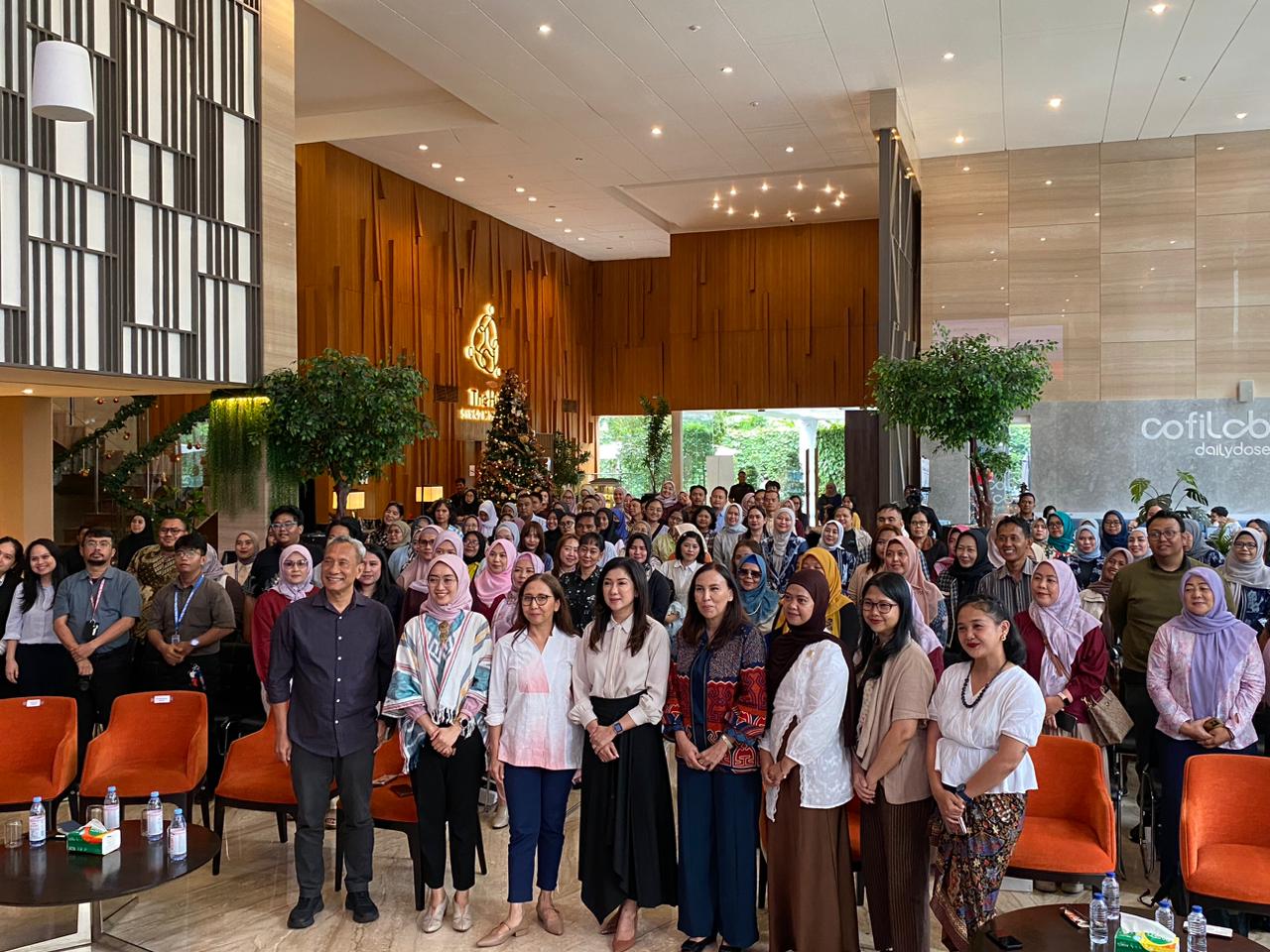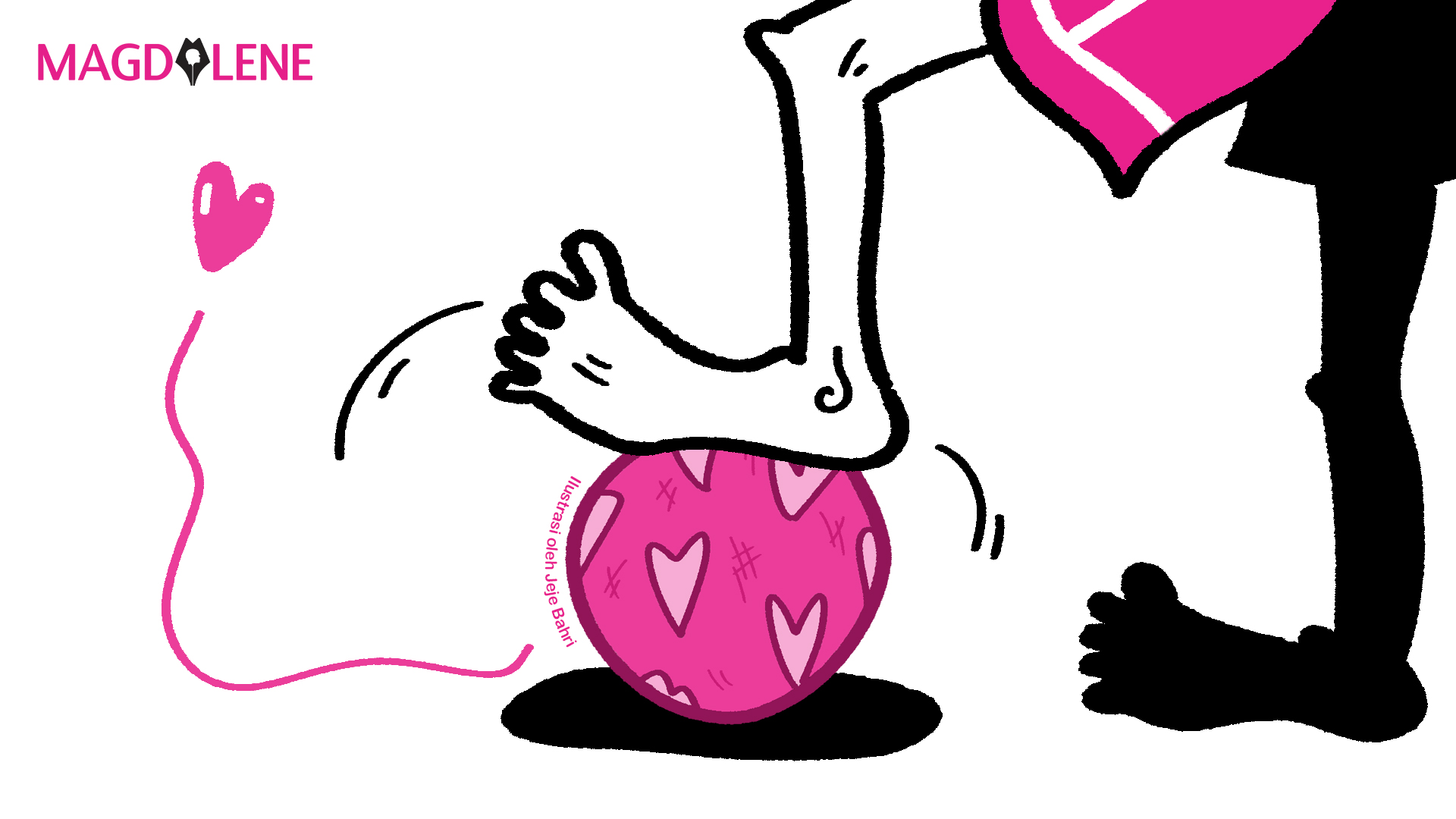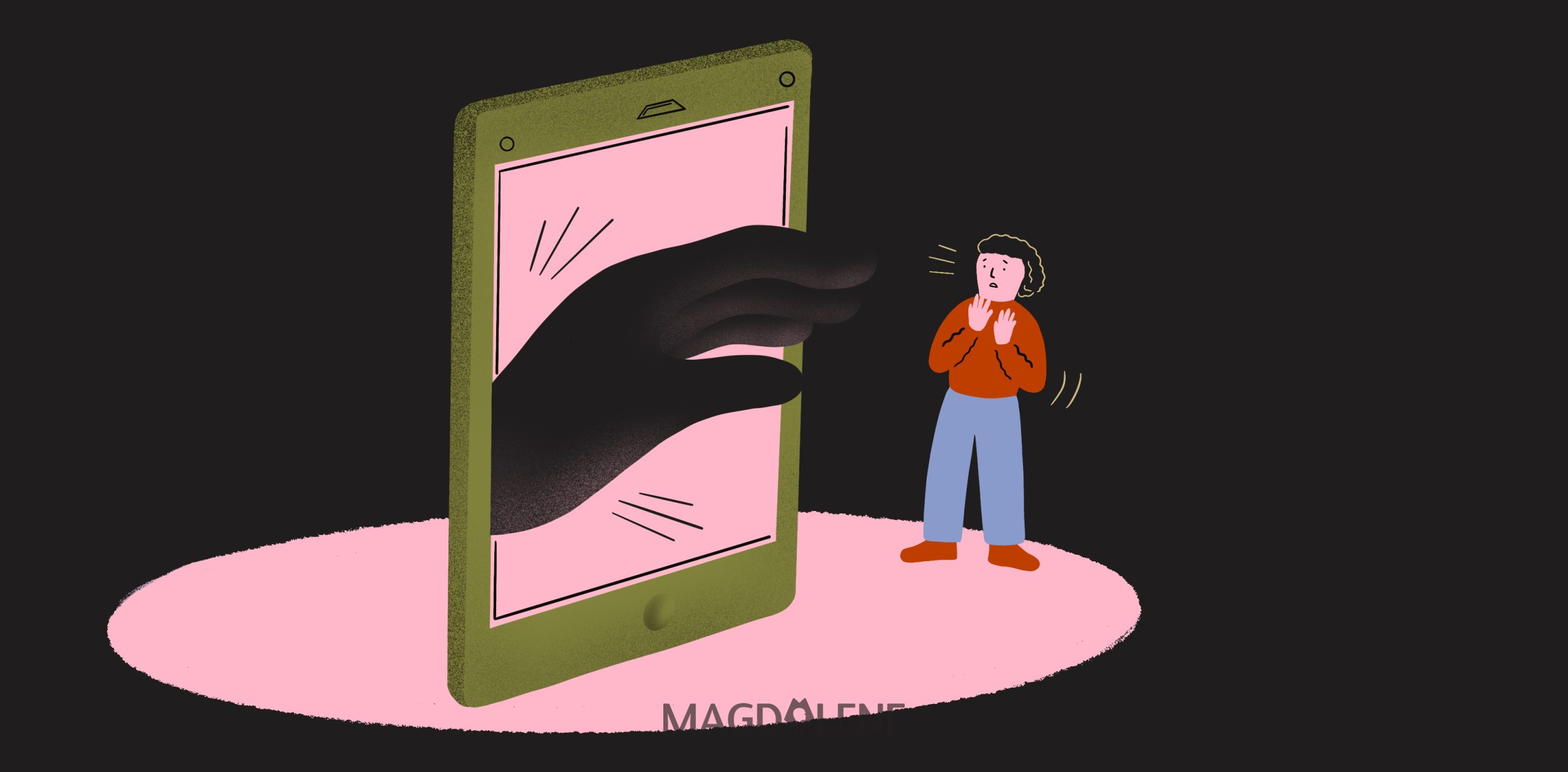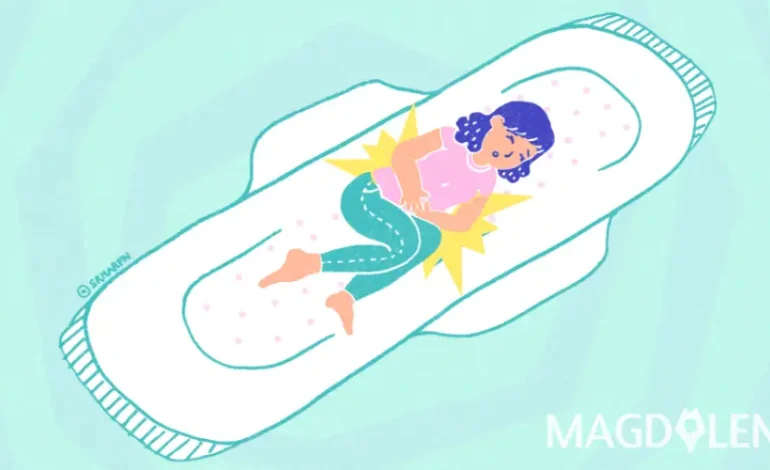
Given that 98 percent of mammals do not have periods, do you know why humans do?
When I ask my menstrual health workshop participants – including doctors – there’s usually a lot of shrugging and shaking of heads. If given multiple choice options, most think that periods either “clean the womb” or somehow “help prepare for pregnancy”.
Not only are these beliefs inaccurate, but they also reproduce damaging myths about the inherent impurity and abject status (responses of repulsion and horror to aspects of women’s bodies such as menstruation and childbirth) of the female body. Wombs are not dirty, or toxic. They do not need to be cleaned. Menstrual fluid is not an excretory product like urine or faeces.
Yes, the blood part can stain clothing, but there is nothing pathological, contaminating, or dangerous about periods. The idea that the womb and vagina are dirty or toxic directly contributes to menstrual stigma and associated discrimination, such as the exclusion of menstruating people from certain religious places or practices, or the reports of intentional humiliation of female prisoners on their periods.
As part of my research, I reviewed the menstrual cycle content of 16 of the most used biology and physiology textbooks in UK secondary schools, university level natural sciences, medicine, and specialist gynaecology education – and what I found was pretty alarming.
Nobody, it seems, is taught about the function of periods.
Also read: Understanding Your Menstrual Cycle
So, Why Do We Have Periods?
The most robust evidence based theory we have is described by evolutionary biologist Deena Emera and colleagues. Periods likely evolved as a kind of preemptive abortion, to protect women from unviable or dangerous pregnancies.
Humans have exceptionally high rates of genetically abnormal eggs, sperm and fertilised eggs, highly invasive placental attachments, and pregnancy and childbirth are risky – even potentially fatal – experiences for human females. As a result, we have low rates of conception, high rates of miscarriage, and extremely high rates of maternal mortality in comparison to other mammals. In fact, despite advances in modern medicine, nearly 300,000 expectant mothers still die every year, globally.
If there is no pregnancy, as in the case for most menstrual cycles, or an unviable fertilised egg is detected, a period is triggered.
Periods cannot possibly help a pregnancy. Just think about it for a minute. How can the removal of the contents of the womb – including any eggs that may be present – possibly help conception or maintain a pregnancy? My research suggests that this assumption is influenced by sexist beliefs that position the female body, and all women, as for having babies – rather than eligible for equal opportunities in education, paid employment, and leadership.
Take a look at this quote from one of the medical textbooks reviewed for the study. It explicitly positions the entire menstrual cycle (not just ovulation) as critical for having babies, and childbearing as the sole purpose of the female reproductive body. The fact that humans evolved a means to terminate potentially dangerous unviable pregnancies is not so much omitted, as denied.
The principal functions of this (female reproductive) system are to produce an ovum, enable its fertilisation and implantation, and allow growth and safe expulsion of the foetus into the external world. The menstrual cycle is critical for facilitation of the initial steps of this raison d’être of the female reproductive system.
What Else Don’t We Know?
Well, where do I begin? Perhaps with the fact that the second phase of the cycle from ovulation to menstruation is a series of highly inflammatory processes. This was only very briefly mentioned in three out of 16 textbooks.
Given that common premenstrual changes reflect the “cardinal signs” of inflammation – temperature increase, swelling, pain, and blood flow changes – and anti-inflammatory interventions, including diet, lifestyle and medications, alleviate cyclical changes, this is quite the omission. We really ought to be taught from puberty how to reduce period pain and blood loss – this is not difficult science.
In fact, only around half of the textbooks even mentioned blood loss, and only four went on to explain how regular periods typically result in iron deficiency – leading to anaemia in some cases.
Fewer than half of the textbooks mentioned any associated health issues, such as endometriosis, heavy menstrual bleeding, fibroids, polycystic ovarian syndrome, premenstrual syndrome, premenstrual dysphoric disorder, or the cyclical exacerbation of asthma, migraine, epilepsy, irritable bowel syndrome, auto-immune disorders, or anxiety and depression. So, even doctors are not taught enough about female-prevalent illnesses, which must surely have a negative impact on the health outcomes of their patients.
Also read: Why Menstrual Leave Could be Bad for Women
Why aren’t We Taught This Stuff?
In my review, no textbooks mentioned the purpose or embodied – typically painful – experiences of periods, and all effectively reduced the entire menstrual cycle to fluctuating sex hormones.
There is no scientific reason for this. My research shows that the exclusive focus on the female sex hormones in menstrual education is informed by societal influences, such as the myth of the hysterical or hormonal female.
For hundreds of years, women’s experiences of emotional and physical distress were blamed on the womb – as the essence of femininity – rather than distressing life experiences, pain, or underlying health conditions. There is a familiar western stereotype of the pathologically emotional “hysterical woman”, who is biologically prone to invent, exaggerate, and imagine things, especially pain or distress. This gender myth is still alive and well, although now we tend to blame the (female sex) hormones.

As soon as the female sex hormones were first identified in the late 1920s, textbooks containing information about menstrual physiology switched from being about its inflammatory processes to hormonal models and explanations. Again, there was no scientific reason for this change in focus, although it reflected existing societal beliefs about the inherently irrational behaviour of women.
Unfortunately, menstrual health literacy has not yet recovered from this shift in physiological models.
Also read: I Am a Woman, Even If I Do Not Menstruate
So What?
Once the purpose and inflammatory nature of the menstrual cycle are understood, premenstrual changes are no longer mysterious or difficult to treat. It also becomes much easier to differentiate premenstrual changes from underlying health conditions, since the latter will not be substantially alleviated by anti-inflammatory interventions alone.
Teaching the reductive hormonal model of the menstrual cycle unintentionally provides pseudo-scientific evidence for the damaging hormonal or hysterical female gender myth. This myth contributes to disbelief in women’s accounts of painful or distressing symptoms, and even reports of abuse and discrimination.
It is time we taught more comprehensive menstrual health literacy to all.
Sally King, Menstrual Matters Founder & Research Associate in Menstrual Physiology, King’s College London.
This article was first published on The Conversation, a global media resource that provides cutting edge ideas and people who know what they are talking about.


